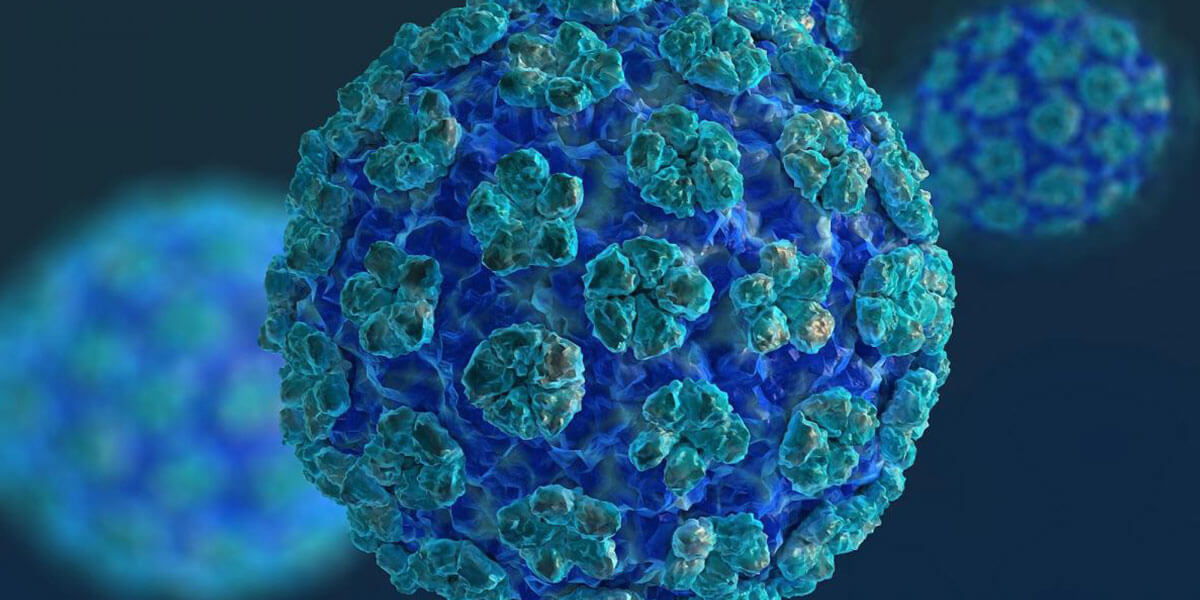
How protective is the HPV vaccine?
HPV is a family of viruses with more than 150 defined types. Available vaccines do not protect all of these types, however, they are widely used as they are protective against the most common virus types, and they have an important place in controlling diseases associated with HPV. Now, there are three types of HPV vaccine in use. The bivalent HPV vaccine is protective against HPV types 16 and 18 that cause most HPV cancers. HPV types 16 and 18 account for 70% of cervical cancers. The quadrivalent HPV vaccine is protective against HPV types 6 and 11, which are held responsible for around 90% of genital warts, and also HPV types 16 and 18. The nine-valent HPV vaccine is not available in Turkey yet, but it protects against nine HPV types 6, 11, 16, 18, as well as 31, 33, 45, 52, and 58.
What is HPV?
HPV is the abbreviation for a virus family called Human Papillomavirus. There are more than 170 types of HPV identified so far. Around 40 of them cause diseases in human beings when sexually transmitted.
Most HPV infections do not show any symptoms and disappear from the body in around two years. However, sometimes genital warts occur due to HPV infection and these warts need treatment, and sometimes lesions may occur, which may turn into cancer later.
How is HPV transmitted?
HPV is mostly transmitted due to close skin-to-skin touching. As it is often seen in genital areas, it is also accepted as a sexually transmitted disease.
There are very limited publications on that a person may rarely be infected with HPV due to indirect contact in places such as around the pools or showers used by many people. It is generally known that HPV is a tenuous virus and cannot survive for long outside the body.

